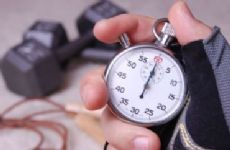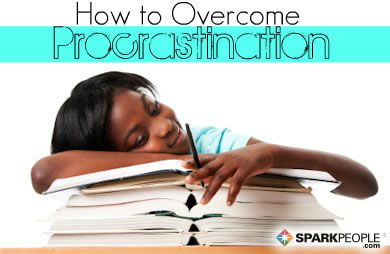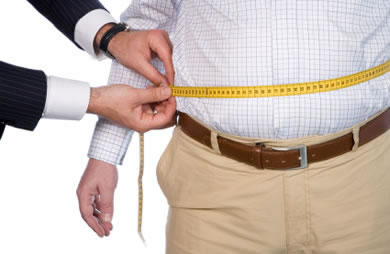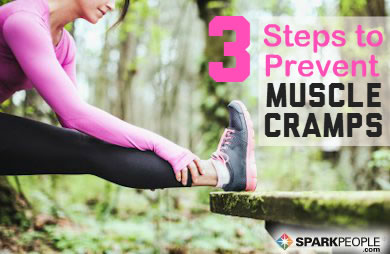|
Your One Rep Max is the highest possible weight you can lift for exactly one repetition. You can use the One Rep Max as a benchmark to measure strength gains over time. However, keep in mind that this metric is typically used on very specific, more advanced lifts like bench press and back squat, so you wouldn't use this metric on, say, a bicep curl or a calf raise. Some advanced athletes find their 1 RM by progressively bumping up their resistance until they fail the lift on the second repetition of a set. However, this method is risky and should be done with additional supervision. So how does a beginning lifter determine his or her One Rep Max? As a beginner, the safest way to determine your 1 RM is to find your predicted 1 RM. The predicted 1 RM is a much safer option that lets you lift a lighter weight (something you can lift for up to 10 repetitions), then multiplies the weight you lifted by the coefficient (from the chart below) associated with the number of reps you completed. (Formula courtesy of acefitness.org.)
Example: Say you can consistently bench press 100 pounds and fail at 8 reps. Find the coefficent (from the chest press column) that corresponds with 8 reps above. In this example, that is 1.29. Multiply that coeffient by the amount of weight you lifted: 1 RM = 100 pounds x 1.255 = 125.5 pounds This tells you that your predicted 1 RM for bench press is 125.5 pounds. This means that 125.5 pounds is the estimated maximum amount of weight you could lift for exactly one repetition. Fitness professionals recommend that you try to lift at 60-70% of your 1 RM for up to 15 reps per set in order to build strength. (As you become stronger and are able to lift more than 15 reps at that weight, you can increase the amount of weight you lift.) However, remember that the 1 RM test is not the only way to find a good starting point for lifting. Using trial and error to find a weight that fatigues your muscles after 8-15 repetitions can be just as effective. |
More From SparkPeople |





















